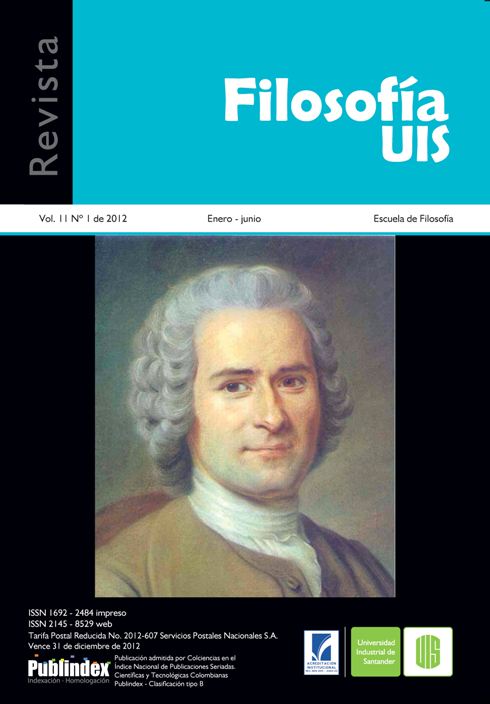Published 2012-06-13
Keywords
- reader,
- Blanchot,
- theory of aesthetic effect,
- Heidegger,
- Husserl
How to Cite
Copyright (c) 2012 Ingrid Solana Vásquez

This work is licensed under a Creative Commons Attribution 4.0 International License.
Abstract
The reader is an active participant in the reading process. This demonstrates the aesthetic effect theory proposed by Wolfgang Iser in his major book The Act of Reading. Maurice Blanchot also intended numerous reflections on the reader in The Space of Literature, but its position can be confused with a kind of essentialism. This article explores the intimate relationships between the postulates of both thinkers, although belong to different fields and their theories are enrolled in distinct contexts. Hence it is exploring various terms in common in the light of the similarities between: the figure of the circle when reading, taken from Heidegger, and Iser’s “mobile point of view” regarding the “essential solitude” of Blanchot, images and representations and the concept of negativity. All these correlations make us attend to the theories of these writers as dynamic postulates that do not close the reflection around the complex problem of the reader at both of the literary studies and philosophy.
Downloads
References
- Blanchot, M. (2000). El espacio literario. Barcelona: Paidós.
- Foucault, M. (2004). El pensamiento del afuera. Valencia: Pre-textos.
- Heidegger, M. (2008) Caminos de bosque. Madrid: Alianza.
- Iser, W. (1987). El acto de leer. Madrid: Taurus.
- Lapoujade, M. (1988). Filosofía de la imaginación. México: Siglo XXI.
- Levinas, E. (2000). Sobre Maurice Blanchot. Madrid: Mínima Trotta.
- Vattimo, G. (1987). Introducción a Heidegger. México: Gedisa.
